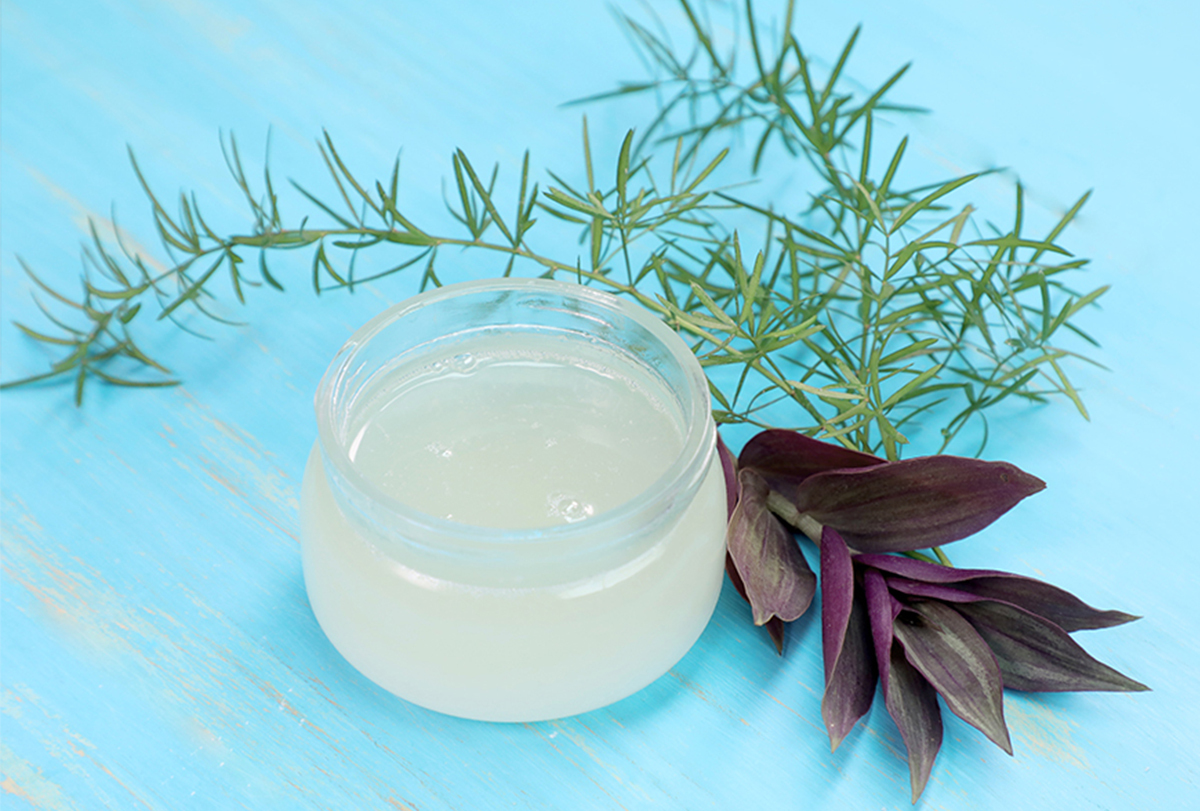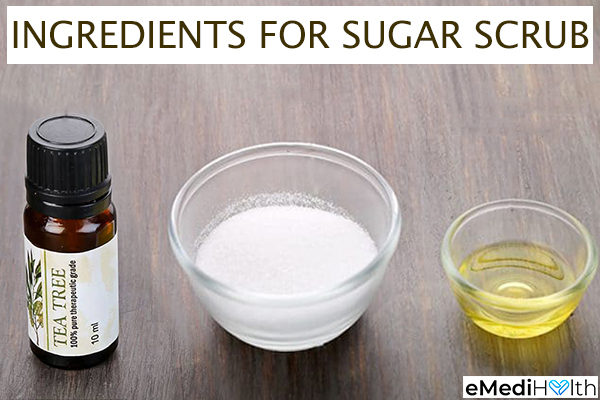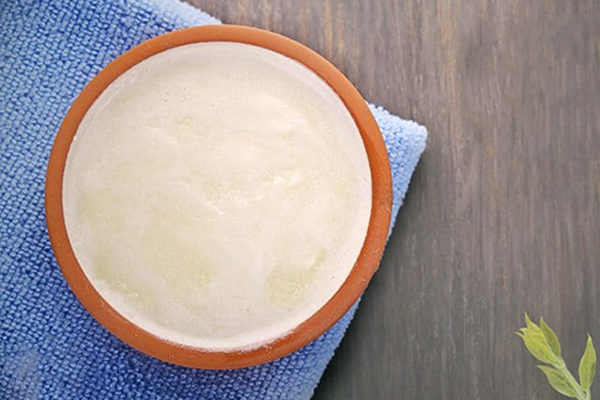In this article:
Skin cells keep regenerating, wherein the old cells die and accumulate on the skin surface while freshly formed ones take their place. It is essential to prevent the buildup of these dead cells as they often clog your pores and cause acne, among other skin problems.

Regular exfoliation will help you do that and also will allow face masks and creams to penetrate deep into your skin, giving it a glow. Exfoliation can be done using physical or chemical exfoliators. This article will focus on a type of physical exfoliator – a scrub.
Scrubs generally contain coarse materials such as sugar, coffee grounds, rice bran, and salt, which are mixed with either massage or essential oils and then gently rubbed on to the skin for exfoliation.
Make Your Own Sugar Scrub
A homemade sugar scrub may be a beneficial addition to your skincare routine. The sugar and oil together can help exfoliate your skin, unclog pores, and reduce fine lines. Additionally, it may help lock in the moisture, leaving the skin smooth and soft. Although not substantiated by scientific studies, these effects have been observed by many people for long.
Know Your Ingredients

Here are the ingredients that can be used to make an exfoliating scrub at home.
1. Sugar
Sugar is a common natural ingredient that is often included in beauty products. Scrubs made with sugar as a base have mild action. It helps remove dead skin cells and dirt from the pores, leaving the skin soft and radiant.
Various types of sugar are available, so you may experiment with all kinds to find the one that suits your skin best. Brown sugar is the finest and the least smoothening, whereas organic sugar is crude and coarse. Regular granulated sugar lies in the middle of these two.
Note: Since these claims are based purely on anecdotal evidence, scientific studies are needed to confirm the role of sugar as an exfoliator.
2. Olive oil
Olive oil has been exploited in the beauty industry as a component of skin and hair products for a long time. It is known to improve skin barriers. It also acts as a moisturizing agent, thus preventing your skin from irritation or dryness upon scrubbing. (1)(2)
3. Essential oil
Essential oils can add a soothing aroma to your scrub. (3) While a wide variety of essential oils are available, lavender oil has been popularly used in sugar scrubs as a calming agent. (4)
Disclaimer: Your facial skin is extremely thin and delicate and can get easily irritated by any new topical ingredient/product. So, to rule out any adverse skin reactions such as burns and rashes, perform a patch test of the scrub first on the underside of your arm. If irritation occurs, avoid its use.
Needless to say, people who are allergic to any of the ingredients of the scrub should not use it. People with sensitive skin are advised to take special precautions before trying out any topical remedy.
DIY Recipe to Make a Sugar Scrub at Home

Here’s how you can make and use a sugar scrub at home.
Ingredients:
- 1 cup granulated sugar
- ⅓ cup extra-virgin olive oil
- 10 drops of any essential oil
How to make:
- Put the sugar in a clean mixing bowl.
- Add the olive oil and essential oil into the bowl.
- Mix the ingredients properly.
- Transfer the scrub into a glass jar for storage.

How to use:
- Take a generous amount of the scrub and slather onto the body part you wish to exfoliate.
- Gently massage the scrub on the skin in small, circular motions.
- Wipe off the scrub with a wet cloth.
- Rinse your skin with water.
- Apply a moisturizer to the skin.
The scrub can be used on your face, hands, feet, elbows, knees, and other parts of the body. However, refrain from applying it over a cut or wound.
For the best results, it is recommended to use the scrub twice a week.
Additional Tips
- You may use aloe vera to supplement this scrub, as it helps with hydration.
- Instead of olive oil, you may also use almond, coconut, or canola oil to make the scrub.
- You can replace the sugar with sea salt.
- Use a clean and dry, wide-mouthed container for storing the scrub to facilitate easy access.
- Apply a moisturizer immediately after exfoliating your skin as the scrub can render your skin dry.
- Avoid using the scrub on wounds, cuts, or sunburned skin.
Final Word
Sugar is a mild abrasive that can gently remove dirt and dead cells from the skin surface and skin pores, thus revealing fresh layers of glowing, clean skin underneath.
While not backed by any scientific study, the light scrubbing action can also help improve lymph and blood circulation in the targeted area, thus stimulating toxin removal while bringing more oxygen and nutrients to the site. However, this kind of skin exfoliation is beneficial so long as it’s done correctly.
Excessive, prolonged, or rigorous scrubbing is counterproductive, as it tends to dry out, irritate, and even injure the skin. So, don’t exfoliate too much in the hopes that it will give you faster or better results.
- Was this article helpful?
- YES, THANKS!NOT REALLY


